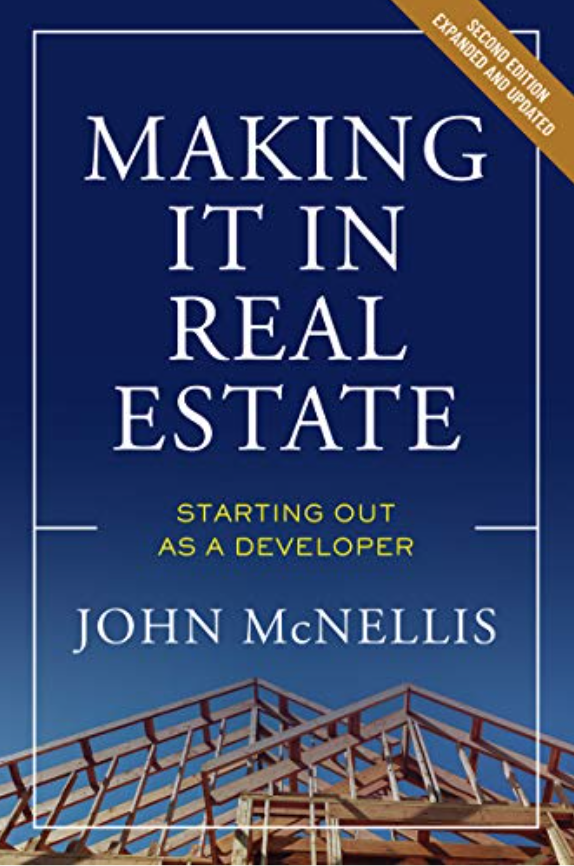November 1, 2011
In addition to sounding tres sophistiques, the word triage embodies a very reasonable concept. If you’re running out of blood transfusions, give them to those who still have a heartbeat. In an emergency context—say a plane crash—everyone agrees this is the only possible approach. Yet, anywhere else, people perceive triage as problematic.
Triage applies brilliantly to medical care in a time of limited means, such as now. The concept is logical, rational and fair, until your mother is the one left with the sad smile and prayer book while her hospital roommate is wheeled into surgery. Fail to apply it, however, and you have terminally ill 87 year-olds getting heart transplants. Given the public hysteria surrounding the notion—recall all the braying about “death committees”—our Medicare crisis will likely grow far worse before triage is treated with any more respect than French military strategy.
But while it may be years from acceptance in health care, triage may be worth considering in real estate development, not so much from the developer’s perspective, but the public’s. That no proposed development can afford an infinite number of public benefits is axiomatic, at least to its proponents. And given that the number and cost of city exactions imposed on new projects increases annually, a fair question might be: Would society profit by re-examining the usefulness of its exactions and deciding to forgo some in favor of other, more pressing public needs?
This isn’t a call to save developers money. On the contrary, let’s assume that any given project can—without breaking the economic camel’s back—afford to add 10 percent to its total construction costs to pay for public benefits. Let’s further assume a civic-minded developer accepts this 10 percent cost but would like to see the money well-spent and is therefore willing to suspend or at least further dilute the already watery nexus requirement that the exaction must offset a project impact. And finally, let’s assume that the city in which the project is located is suffering from poor public schools, police and fire cutbacks, a dearth of low-income housing and crumbling infrastructure, which is to say, any community in the state of California.
With these pressing public needs, should we, as citizens, really be requiring developers to put in drinking fountains for dogs, public art that is—thankfully for everyone—never noticed, unneeded community rooms, or closet-sized parks that the public couldn’t find even with a map? And rather than just focusing on these relatively minor exactions, let’s step right into it and question “green.” Inasmuch as environmental sustainability is NorCal’s secular religion (without the benefit of separating church and state), this is admittedly touchy. Not embracing green is tantamount to clubbing baby seals. Yet, while it may be a near certainty that mankind is contributing heavily to global warming, it is at least as likely that the difference that green buildings in Northern California may have on global warming trends is so infinitesimal as to be effectively zero.
When one considers that LEED-compliance alone can add about 1 percent to 10 percent (depending on the LEED level adopted) to a building’s hard cost, it is fair to question whether that money might be better spent on more palpable public needs. If a city had the choice between devoting $1 million in fees toward low-income housing or having a developer spend that same $1 million on green mandates, is the city itself really better off with a new building with a sod roof and 10 electric car-charging stations?
Other exactions are now so entrenched in the minds of virtually everyone—even developers—as to go unrecognized as public benefits at all. Putting aside structural engineers and steel workers, how much have we, as a society, actually benefitted from the billions that have been spent seismically upgrading buildings? An estimated 3,100 people died in the 1906 San Francisco and 1989 Loma Prieta earthquakes. This means we have averaged about 19 deaths a year in Northern California due to earthquakes in the last 162 years. Counting only modern times since the 1906 earthquake, that number drops to 0.5 deaths a year. Western heat waves, Northern black ice and Southeastern hurricanes kill far more people every single year. Yet we spend billions seismically upgrading old buildings.
The math may be cruel (again, if it’s your mother), but billions spent to save half-a-life a year simply cannot be the best allocation of limited resources. If you, as a city council member, were asked whether to have a developer spend $2 million upgrading a brick building that had already withstood the ’06 and ’89 earthquakes or have her pay into a fund that would hire 20 new public school teachers, which way would you vote?
Green is good, and it may even be very good, but there may be a better use of resources. If there is only $100 to go around, should it all go to green?


